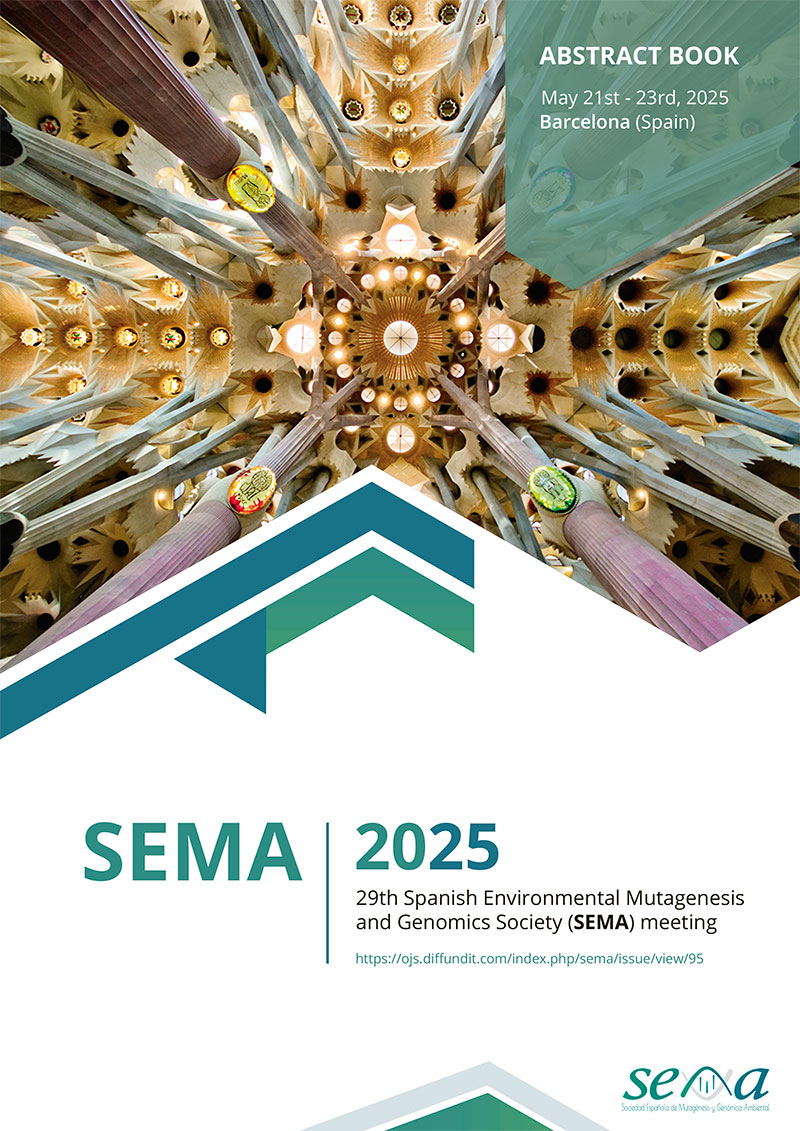Abstract
One of the most popular synthetic polymers nowadays is polytetrafluoroethylene (PTFE), also known by its brand name Teflon®, which is a fluoroplastic with excellent chemical stability and heat resistance widely used in non-stick cookware. Due to its vast industrial applications and its difficulty in environmental degradation, Teflon® may accumulate in the ecosystem as well as living organisms as micro- and/or nanoplastics (MNPLs). In recent years, the potential impact of plastic pollution on the gastrointestinal (GI) system has attracted attention, especially its effect on the intestinal microbiota. The human GI system is the most densely populated part of the body with microorganisms. The intestinal microbiota plays a key role in host nutrient metabolism, immune regulation, and maintaining intestinal homeostasis. Its imbalance is closely related to the development of several GI diseases such as irritable bowel syndrome and colon cancer.
Our research group has used Drosophila melanogaster as a model organism suitable to study the dynamics of GI microbiota. Because of its many advantages (i.e., short life cycle, known genetic background, easy to gene editing, similar intestinal structure and function as humans capable to host complex microbial communities, etc.) fruit flies are an ideal model for studying the effects of environmental pollutants on intestinal microbial communities.
Therefore, in the present study, Drosophila melanogaster was used to study the effects of particulate PTFE (50-100 nm and 1 μm) on the homeostasis of GI microbiota. Briefly, flies were fed with PTFE-MNPLs during 7 days at different concentrations (200, 400, 800 μg/mL). Later, flies were dissected under sterile conditions, the midgut extracted for the isolation of GI bacteria, and finally bacterial DNA was purified and sequenced using the MinION system (Oxford Nanopore Technologies). Through the analysis of microbial diversity, community composition, and predicted functional alterations, this study aims to shed light on how exposure to Teflon® nanoparticles impacts the gut microbiome and therefore the overall health of organisms.
Funding: This project (PlasticHeal) has received funding from the European Union’s Horizon 2020 research and innovation programme under grant agreement No 965196, the Spanish Ministry of Science, Innovation and Universities (PID2020-116789RB-C43), the Generalitat de Catalunya (2021-SGR-00731), the ICREA-Academia programme to A. Hernández (Ac2232418), the Projectes Pre-Competitiu (PPC2024-36) of Universitat Autónoma de Barcelona to A. García-Rodríguez.

This work is licensed under a Creative Commons Attribution-NonCommercial 4.0 International License.
Copyright (c) 2025 Spanish Journal of Environmental Mutagenesis and Genomics

